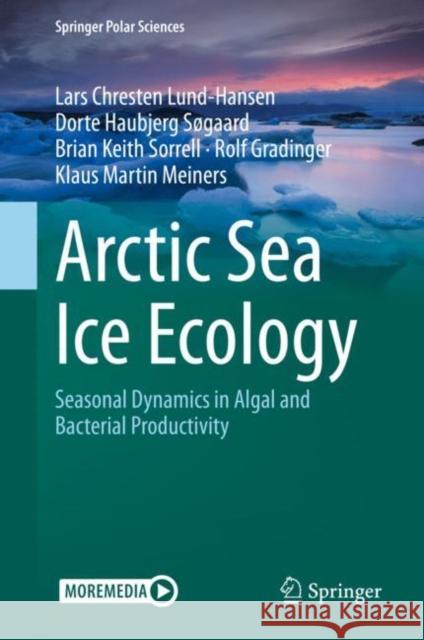Arctic Sea Ice Ecology: Seasonal Dynamics in Algal and Bacterial Productivity » książka
topmenu
Arctic Sea Ice Ecology: Seasonal Dynamics in Algal and Bacterial Productivity
ISBN-13: 9783030374716 / Angielski / Twarda / 2020 / 178 str.
Arctic Sea Ice Ecology: Seasonal Dynamics in Algal and Bacterial Productivity
ISBN-13: 9783030374716 / Angielski / Twarda / 2020 / 178 str.
cena 402,53
(netto: 383,36 VAT: 5%)
Najniższa cena z 30 dni: 346,96
(netto: 383,36 VAT: 5%)
Najniższa cena z 30 dni: 346,96
Termin realizacji zamówienia:
ok. 22 dni roboczych
Dostawa w 2026 r.
ok. 22 dni roboczych
Dostawa w 2026 r.
Darmowa dostawa!
Kategorie BISAC:
Wydawca:
Springer
Seria wydawnicza:
Język:
Angielski
ISBN-13:
9783030374716
Rok wydania:
2020
Wydanie:
2020
Numer serii:
000802181
Ilość stron:
178
Oprawa:
Twarda
Wolumenów:
01











